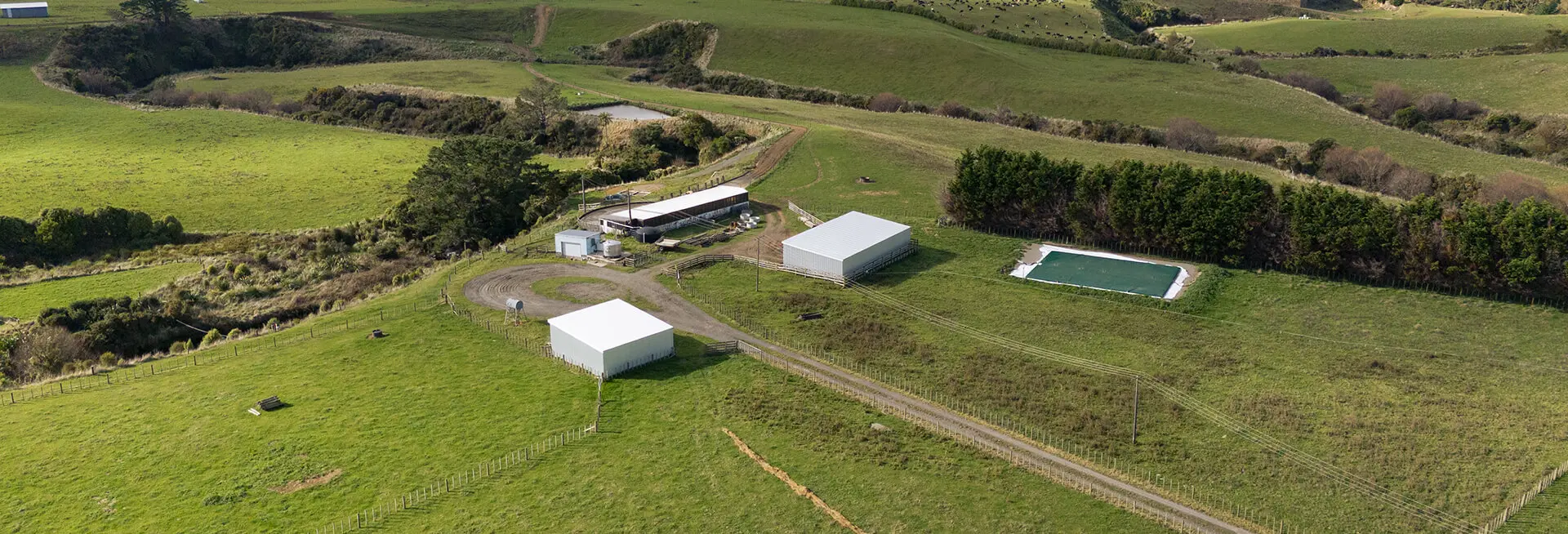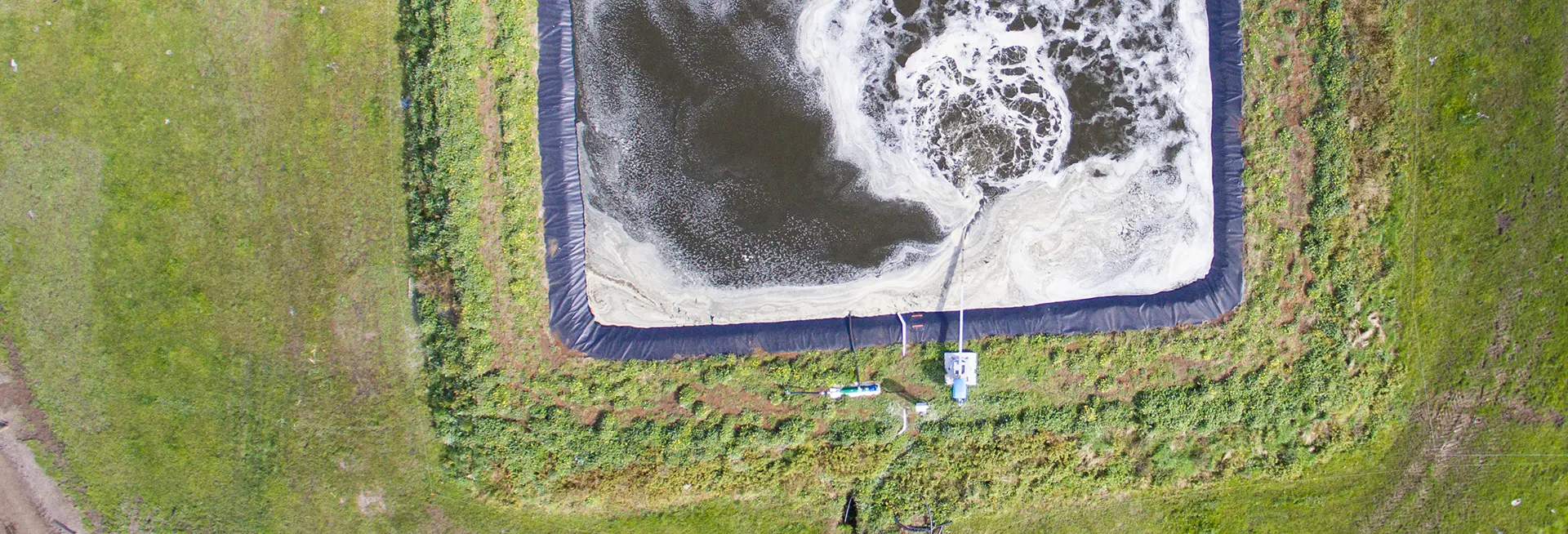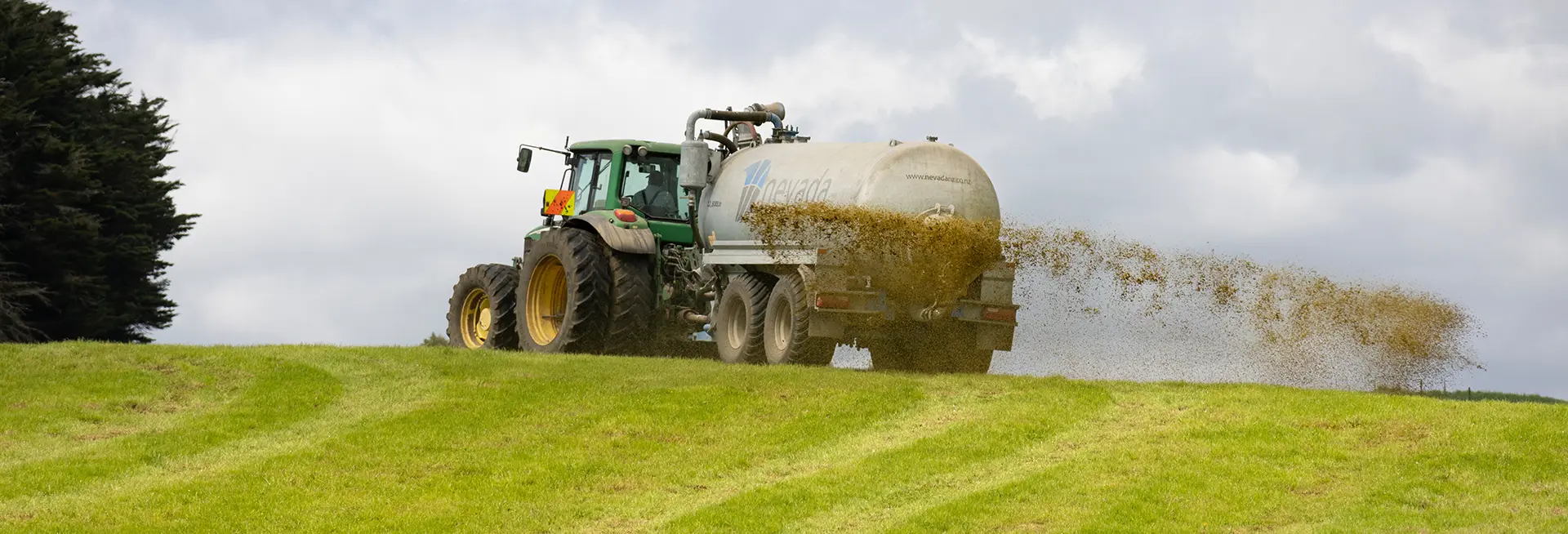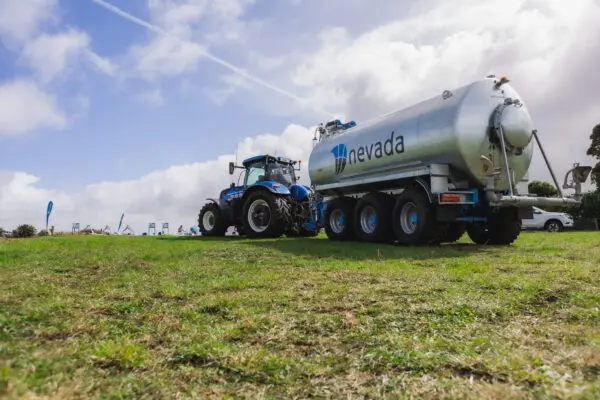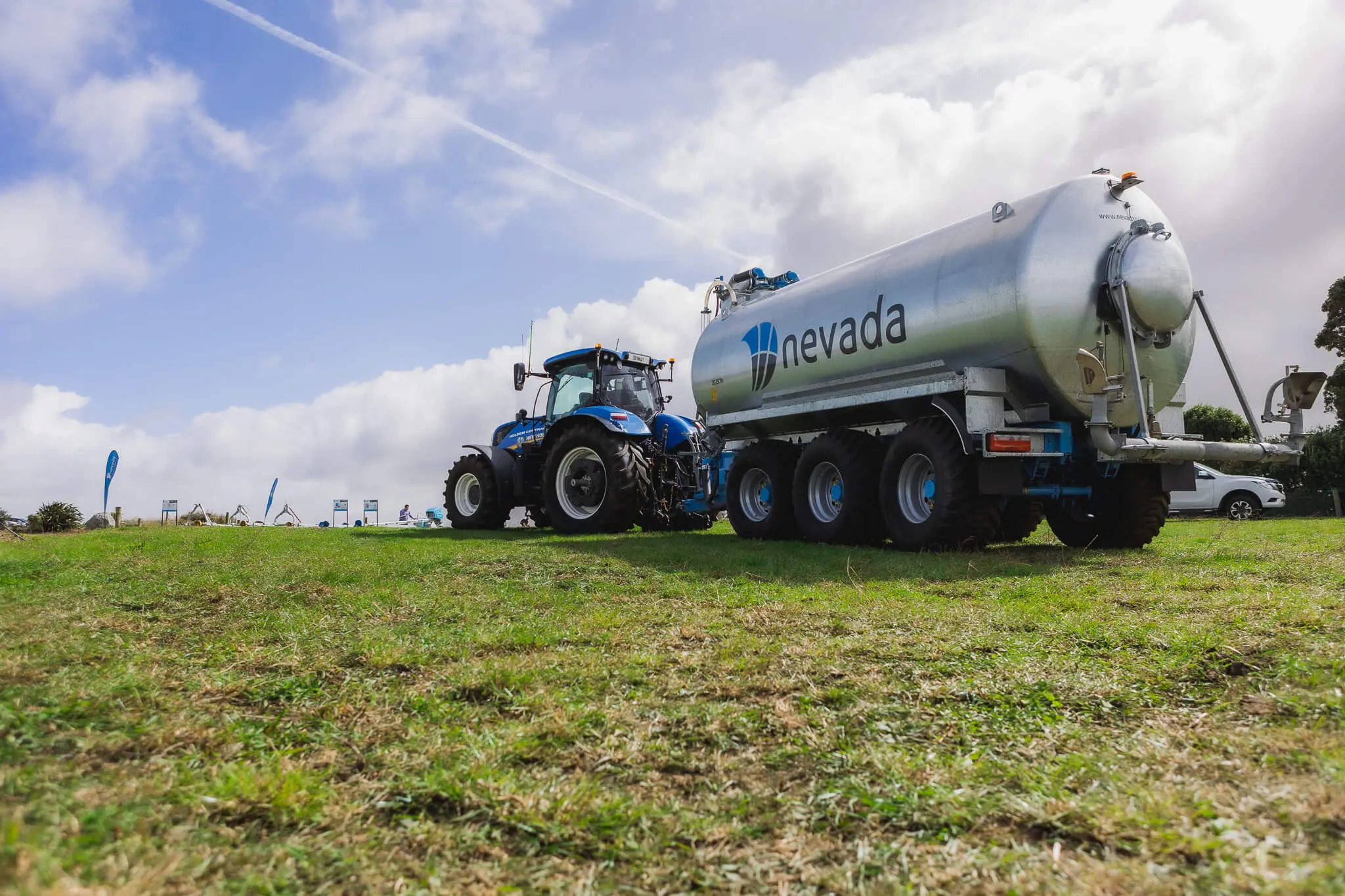One of the most important first steps in creating the ideal effluent storage and distribution plan for your farm involves deciding exactly what size to make your effluent pond.
Making sure the pond is the correct size helps to ensure efficient and sustainable effluent management. If your pond can’t store enough effluent, you risk over-irrigating your soil, resulting in surface runoff or direct drainage – bad for your soil and plants, and extremely bad if it results in non-compliance.
On the other hand, if your pond is too large, you’ll be maintaining a system that’s bigger than requirements, resulting in more money spend installing and maintaining the system.
By getting the pond size right from the start, you’ll have the peace of mind that your system will provide the most effective use of water and nutrients (vital in drought-prone areas), enable flexibility for irrigation schedules, and reduce your risk of non-compliance.
The expert team at Nevada are here to help you with any questions you have, but for now, here’s a quick guide to get you started:
Can I just use industry averages to decide my effluent pond size?
If only it were that easy!
We definitely don’t recommend using industry averages to make important decisions about pond size and placement. Every farm is different, and will require a unique solution that takes into account a number of variables including annual rainfall and soil condition.
What factors do you need to consider when thinking about effluent pond size?
The key figures you need to think about when calculating your effluent pond’s size are:
- The climate on your farm, including the annual rainfall.
- The soil risk factor. Is your soil free draining with slopes less than 7 degrees (low risk)? Or does it have artificial or impeded drainage, or slopes greater than 7 degrees (high risk)?
- Irrigation methods: how much effluent is applied each day in volume, and to what depth?
- Current storage pond sizes.
- Wash water and dairy water use volumes. How much water do you use to clean the milking plant and wash out the yard?
- Rainfall catchment areas: What volume of rainwater do you collect from the roofs of sheds, yards, tanker aprons, sumps, silage bunkers, feed pads, and other structures.
Dairy NZ have created a useful Dairy Effluent Storage Calculator that takes all factors into consideration. They also provide a guide to using the calculator and a series of how-to videos explaining each step of the process. This resource will be invaluable when calculating the correct pond size.
We recommend you talk to the team at Nevada when making your calculations. Getting the wrong effluent tank size can be a costly mistake for any farm, and we have all the professional tools and knowledge to ensure you take all the variables into account. Give our friendly team a call today.
